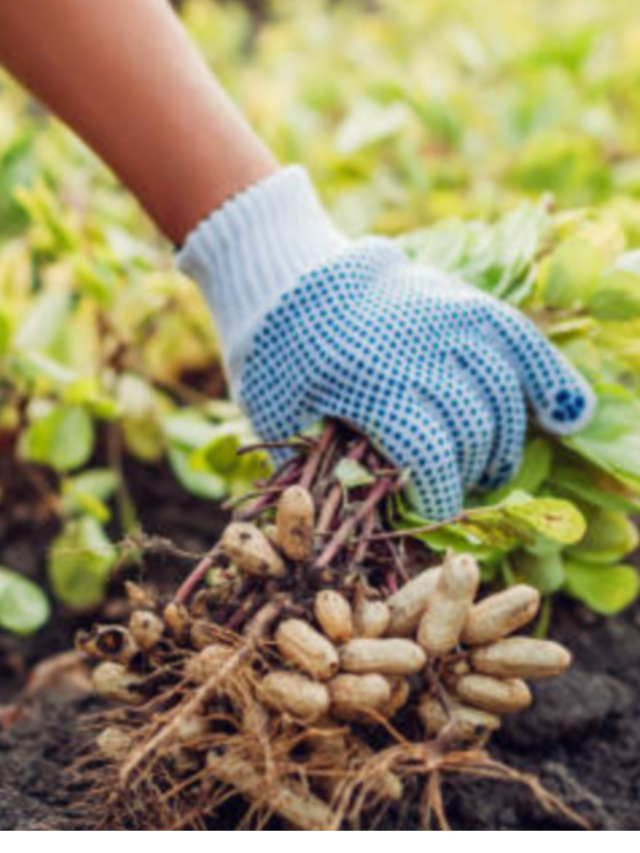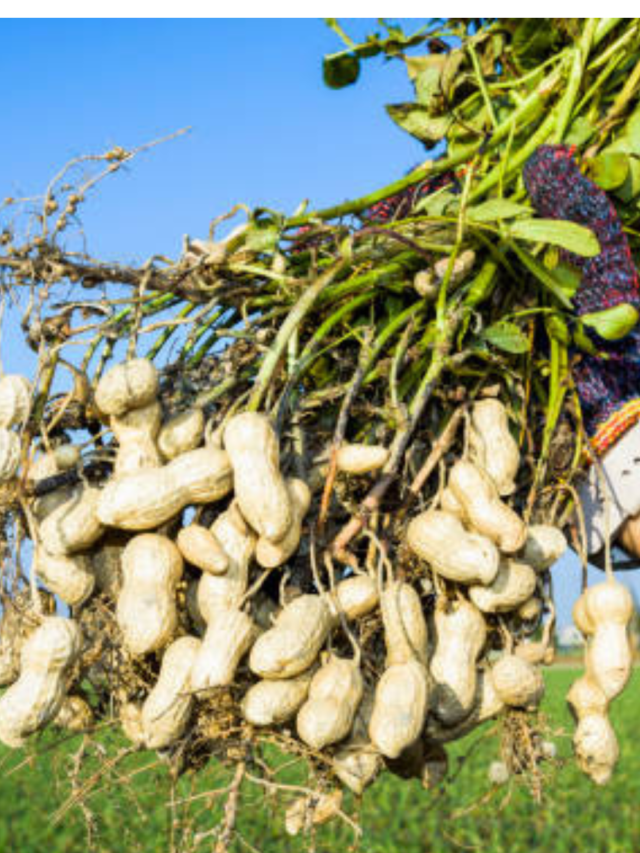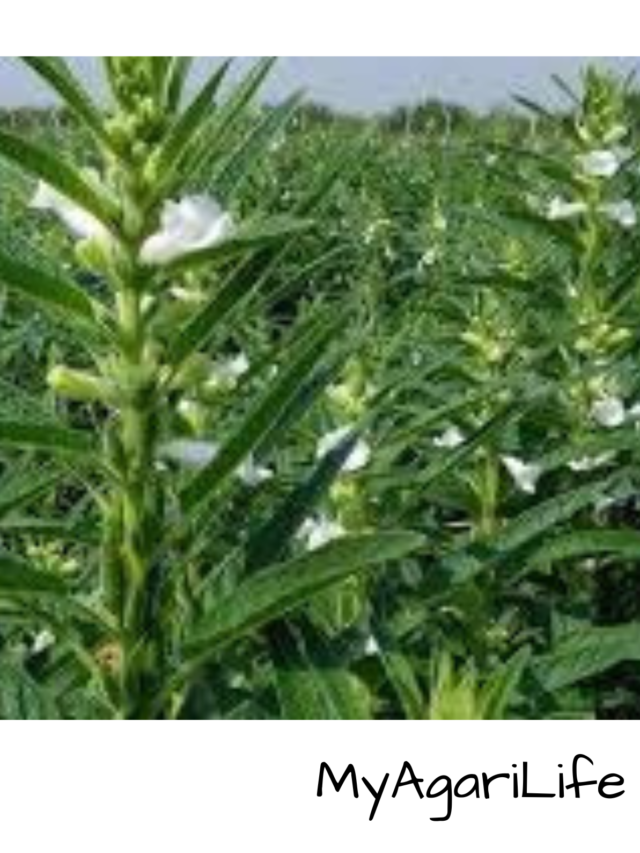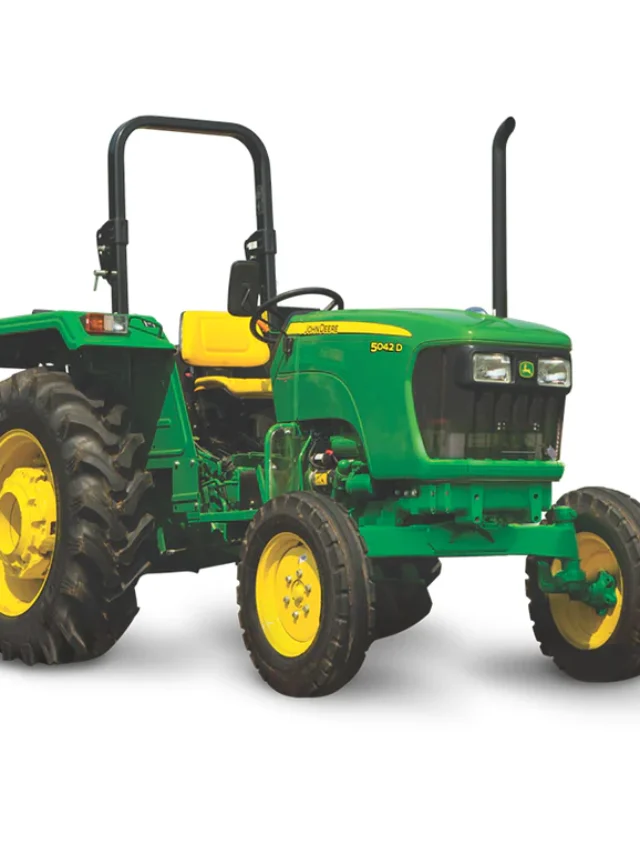Cashews are a type of tree nut that are native to Brazil but are now grown in many tropical regions around the world, including India, Vietnam, and Africa. They are widely used in cooking and baking, as well as consumed as a snack.
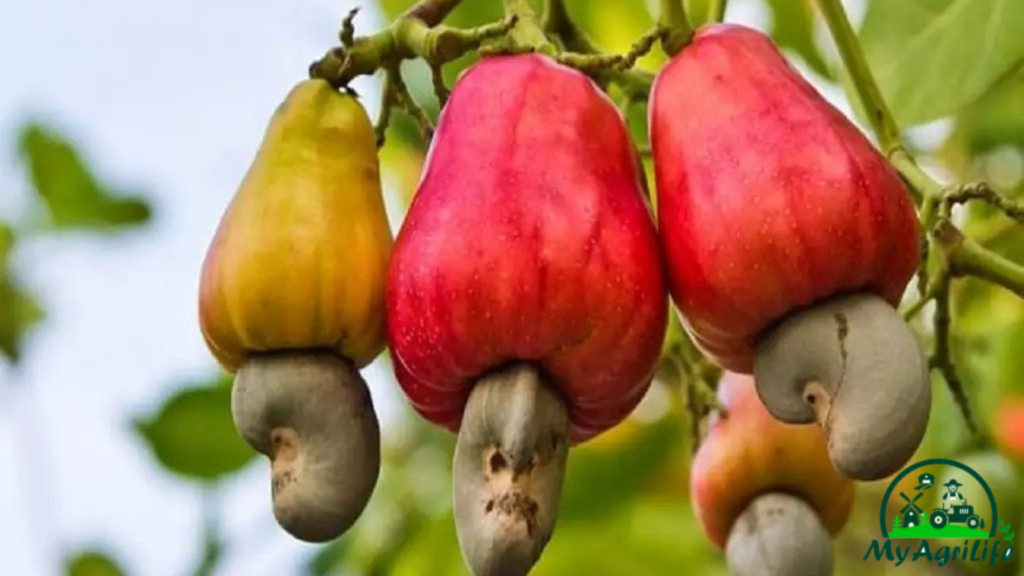
Cashews have a kidney-shaped seed that is surrounded by a double shell, which contains a caustic resin that can cause skin irritation. The seed is removed from the shells and roasted or boiled to remove any remaining toxins. The resulting nut is then sold raw, roasted, salted, or coated in various flavorings.
Cashews are a rich source of nutrients, including protein, healthy fats, vitamins, and minerals. They are particularly high in monounsaturated fats, which can help lower cholesterol levels and reduce the risk of heart disease. Cashews are also a good source of antioxidants, which can help protect against cellular damage and reduce the risk of chronic diseases.
In addition to their health benefits, cashews are also valued for their versatility in cooking. They can be used to make dairy-free milks and creams, as well as used in vegan and vegetarian dishes as a replacement for meat or cheese. Cashews can also be ground into a paste and used as a thickener for sauces and dips.
Overall, cashews are a delicious and nutritious nut that can be enjoyed in many ways. However, it’s important to note that they are high in calories and should be consumed in moderation as part of a balanced diet.
Seed Specification Cashews
The seed of the cashew tree is the part that is commonly consumed and sold as a nut. Here are some common specifications for cashew seeds:
1.Shape: The cashew seed has a distinct kidney shape, with one end being slightly pointed and the other end being more rounded.
2.Size: Cashew seeds vary in size, but on average they are about an inch long and half an inch wide.
3.Color: The outer shell of the cashew seed is a light brown color, while the inner seed is a creamy white color.
4.Texture: The outer shell of the cashew seed is hard and brittle, while the inner seed is soft and slightly chewy.
5.Nutritional profile: Cashew seeds are a good source of protein, healthy fats, vitamins, and minerals, including copper, magnesium, and zinc.
When purchasing cashews, it’s important to look for high-quality nuts that are free from cracks, mold, or any signs of spoilage. It’s also a good idea to choose raw or lightly roasted cashews that haven’t been heavily salted or coated in sugar or other flavorings.
Land Preparation & Soil Health Cashews
Cashew trees grow best in warm, tropical climates with well-draining soils. Here are some tips for land preparation and soil health when planting cashew trees:

1.Soil testing: Before planting cashew trees, it’s important to conduct a soil test to determine the pH level, nutrient content, and other characteristics of the soil. This can help you determine what amendments or fertilizers may be needed to improve soil health.
2.Land preparation: Cashew trees should be planted in well-draining soils that are free from rocks and other debris. The land should be cleared of weeds, grass, and other vegetation before planting, and the soil should be tilled or plowed to a depth of at least 30 centimeters.
3.Soil amendments: Depending on the results of the soil test, you may need to add organic matter or other amendments to improve soil health. This can include compost, manure, or other sources of organic matter, as well as lime or other minerals to adjust the pH level.
4.Irrigation: Cashew trees require regular watering, especially during the first few years of growth. Irrigation systems, such as drip irrigation or sprinklers, should be installed to ensure that the trees receive adequate water.
5.Soil conservation: To maintain soil health, it’s important to practice soil conservation techniques such as cover cropping, mulching, and crop rotation. These practices can help prevent erosion, improve soil structure, and increase soil fertility.
By following these tips for land preparation and soil health, you can help ensure the successful growth and productivity of your cashew trees.
Crop Spray & Fertilizer Specification Cashews
When it comes to crop spraying and fertilizing cashew trees, it’s important to take a targeted and sustainable approach. Here are some specifications for crop spray and fertilizer use for cashew trees:
1.Soil test: Before applying any fertilizers or crop sprays, it’s important to conduct a soil test to determine the nutrient content and pH level of the soil. This can help you determine what types of fertilizers or amendments are needed.
2.Fertilizer application: Cashew trees require a balanced blend of nutrients, including nitrogen, phosphorus, and potassium. A common fertilizer blend for cashew trees is 6-3-9, which provides a balanced ratio of these nutrients. Fertilizer should be applied in the early stages of the tree’s growth, and then periodically as needed based on soil tests.
3.Crop sprays: Pesticides and herbicides should be used sparingly and only as needed. It’s important to choose crop sprays that are specifically designed for cashew trees and to follow the manufacturer’s instructions carefully. Organic options for crop sprays may also be available.
4.Timing: Fertilizers and crop sprays should be applied at the appropriate times of year and based on the growth stage of the tree. It’s important to follow a schedule and to avoid overuse or underuse of fertilizers or crop sprays.
5.Sustainability: To promote sustainable and eco-friendly agriculture, it’s important to use organic and natural fertilizers and crop sprays whenever possible. Crop rotation, cover cropping, and other sustainable practices can also help maintain soil health and reduce the need for fertilizers and pesticides.
By following these specifications for crop spray and fertilizer use, you can help promote healthy growth and productivity of your cashew trees while minimizing negative impacts on the environment.
Weeding & Irrigation Cashews
Weeding and irrigation are important practices for maintaining the health and productivity of cashew trees. Here are some specifications for weeding and irrigation for cashew trees:
1.Weeding: Cashew trees should be kept free of weeds and other unwanted vegetation, which can compete with the trees for nutrients and water. Weeds should be removed manually or through the use of herbicides, if necessary. However, herbicides should be used judiciously and only as a last resort, as they can have negative impacts on the environment.
2.Mulching: Mulching around the base of the cashew trees can help prevent the growth of weeds and retain moisture in the soil. Organic mulch materials, such as wood chips or straw, can also add nutrients to the soil as they break down.
3.Irrigation: Cashew trees require regular watering, especially during the first few years of growth. Irrigation systems, such as drip irrigation or sprinklers, should be installed to ensure that the trees receive adequate water. It’s important to water the trees deeply and infrequently, rather than giving them shallow, frequent watering.
4.Timing: The timing of weeding and irrigation should be based on the growth stage of the trees and the climate conditions. Weeding should be done regularly, but not during periods of heavy rain or when the soil is too wet. Irrigation should be adjusted based on the amount of rainfall and the moisture content of the soil.
5.Soil health: To maintain soil health and reduce the need for weeding and irrigation, it’s important to practice soil conservation techniques, such as cover cropping, crop rotation, and adding organic matter to the soil. These practices can help improve soil structure and fertility, which can in turn promote healthy growth and productivity of cashew trees.
By following these specifications for weeding and irrigation, you can help ensure the successful growth and productivity of your cashew trees while also promoting environmental sustainability.
Harvesting & Storage Cashews
Harvesting and storage are important steps in the cashew farming process to ensure the quality of the cashew nuts. Here are some specifications for harvesting and storage of cashews:
1.Harvesting: Cashew nuts are harvested when the outer shell turns from green to yellow, indicating that the nuts are mature. Harvesting should be done carefully by hand, as the nuts are fragile and can easily be damaged. Workers should wear gloves and protective clothing to avoid contact with the caustic oil in the outer shell, which can cause skin irritation.
2.Drying: After harvesting, the cashew nuts should be dried in the sun or in a drying machine to remove any remaining moisture. Proper drying helps prevent mold growth and improves the flavor of the cashews.
3.Shelling: The outer shell of the cashew nut contains a caustic oil that can cause skin irritation. Therefore, the shells should be removed carefully by hand or using a mechanical shelling machine. After shelling, the nuts should be sorted and any damaged or defective nuts should be discarded.
4.Storage: Proper storage is essential to maintain the quality of cashews. Cashews should be stored in a cool, dry place, away from sunlight and moisture. Ideally, cashews should be stored in an airtight container to prevent moisture from entering. Stored cashews should be checked regularly for signs of mold or spoilage and any affected nuts should be removed.
5.Shelf life: The shelf life of cashews depends on how well they are stored. Cashews stored in an airtight container in a cool, dry place can last for up to six months. If stored in the refrigerator or freezer, they can last for up to one year.
By following these specifications for harvesting and storage of cashews, farmers can ensure that the cashew nuts are of high quality and have a longer shelf life. Proper storage also helps maximize the profitability of cashew farming operations.
Conclusion
In conclusion, cashew farming is a rewarding and profitable endeavor when done properly. Cashew trees thrive in warm, tropical climates with well-draining soils. Proper land preparation, including soil testing, clearing of weeds, and soil amendments, sets the foundation for healthy cashew tree growth.
Effective weed management and irrigation are crucial for maintaining the health and productivity of cashew trees. Regular weeding, mulching, and the use of herbicides if necessary help control weed competition. Adequate irrigation, such as through drip irrigation or sprinklers, ensures that the trees receive sufficient water, especially during the initial growth stages.
In terms of crop spraying and fertilizer use, a balanced approach is important. Soil testing helps determine the nutrient requirements of the trees, and fertilizers should be applied accordingly. Organic and natural fertilizers are preferred for sustainable agriculture practices. Pesticides and herbicides should be used sparingly and only when necessary, considering their potential environmental impact.
Overall, successful cashew farming involves attention to soil health, proper irrigation, weed management, and the judicious use of fertilizers and crop sprays. By following best practices and promoting sustainability, farmers can cultivate healthy cashew trees, optimize yields, and contribute to the profitability and longevity of their cashew farming operations.
